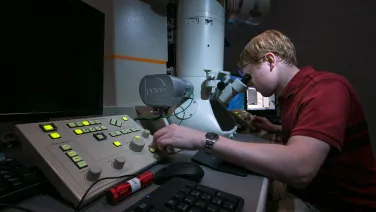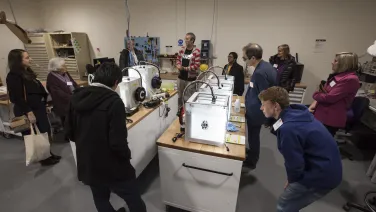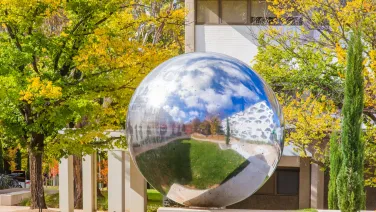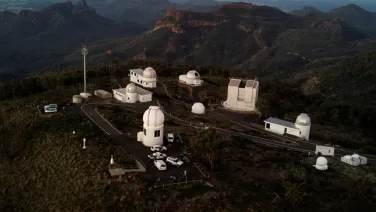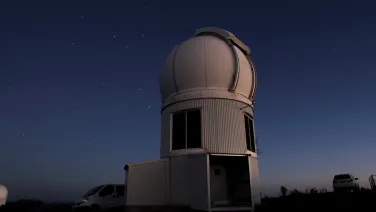
Facilities
Our research schools have established numerous research sites and facilities in Australia and across the world. Researchers and students at ANU enjoy access to state-of-the-art equipment to help facilitate ground-breaking research.
Advanced Instrumentation and Technology Centre
Advanced Instrumentation and Technology Centre
-35.321534386261, 149.0063803935
ANU Centre for Therapeutic Discovery
ANU Centre for Therapeutic Discovery
-35.282066761236, 149.1143372
Australian Phenomics Facility
Australian Phenomics Facility
-35.2820557, 149.1166514
Centre for Advanced Microscopy
Centre for Advanced Microscopy
-35.281961569596, 149.11462331223
Controlled Environment Facility
Controlled Environment Facility
-35.278132661235, 149.1172451
Geophysical Fluid Dynamics Lab
Geophysical Fluid Dynamics Lab
-35.283888, 149.1147712
Giant Magellan Telescope
Giant Magellan Telescope
-29.0283333, -70.6858333
Heavy Ion Accelerator Facility
Heavy Ion Accelerator Facility
-35.283206095801, 149.1125163582
Joint Mass Spectrometry Facility
Joint Mass Spectrometry Facility
-35.276447, 149.1186386
Makerspace
Makerspace
-35.274462761233, 149.1183281
National Computational Infrastructure
National Computational Infrastructure
-35.281511, 149.114901
National Therapeutic mRNA Platform
National Therapeutic mRNA Platform
-35.282066761236, 149.1143372
Nuclear Magnetic Resonance
Nuclear Magnetic Resonance
-35.12870373701, 148.74692649555
Podcast Studio
Podcast Studio
-35.275825461234, 149.11753325
Science precinct
Science precinct
-35.276592750757, 149.11713637924
Sensitive High Resolution Ion Microprobe (SHRIMP)
Sensitive High Resolution Ion Microprobe (SHRIMP)
-35.283946561237, 149.1153665
SkyMapper
SkyMapper
-31.272077509645, 149.06155135











